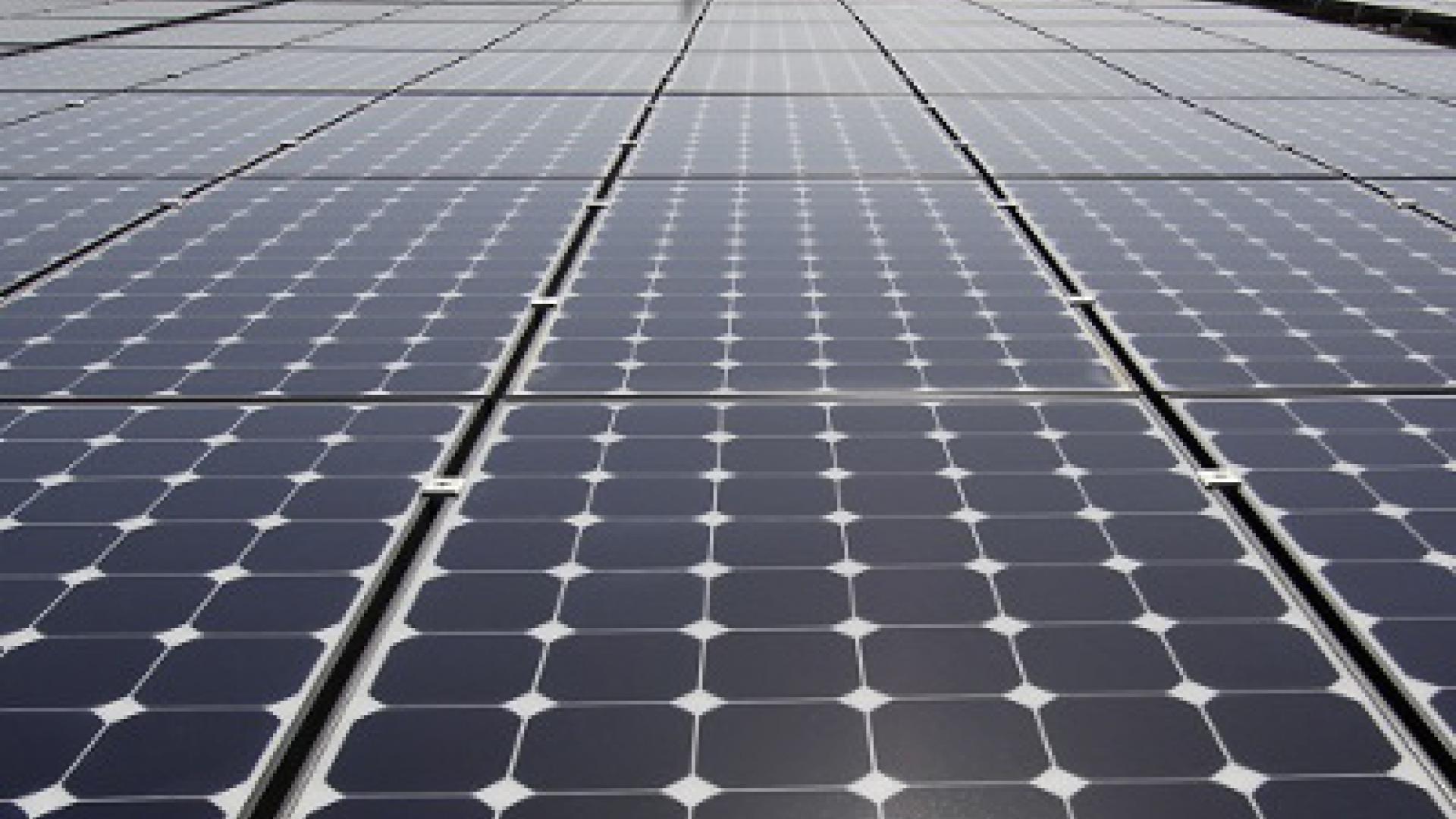"Flatter materials have fewer imperfections, which makes for better solar cells and light sensors."
"Improving the efficiency of solar cells requires materials free from impurities and structural defects. Scientists across many disciplines at KAUST have shown that 2D organic-inorganic hybrid materials feature far fewer defects than thicker 3D versions."
"Modern-day electronics rely on technologies that can develop almost perfect crystals of silicon; flawless to the atomic level. This is crucial because defects and impurities scatter electrons as they flow, which adversely affects the material’s electronic properties."
"Peng, Bakr and coworkers created a 2D material made of periodic layers of hybrid perovskites with an organic component of either phenethylammonium or methylammonium. Using a solution-based fabrication method, the layers were placed on a gold electrode so the team could measure the electrical conductivity."
"Their measurements indicate that the 2D materials contained three orders of magnitude fewer defects than bulk hybrid perovskites. The team proposes that this reduction is because the large organic cations in the phenethylammonium suppress defect formation during crystallization."
Ultralow Self-Doping in Two-dimensional Hybrid Perovskite Single Crystals
Wei Peng, Jun Yin, Kang-Ting Ho, Olivier Ouellette, Michele De Bastiani, Banavoth Murali, Omar El Tall, Chao Shen, Xiaohe Miao, Jun Pan, Erkki Alarousu, Jr-Hau He, Boon S. Ooi, Omar F. Mohammed, Edward Sargent, and Osman M. Bakr
Nano Letters, 17(8), 4759-4767 (2017)

